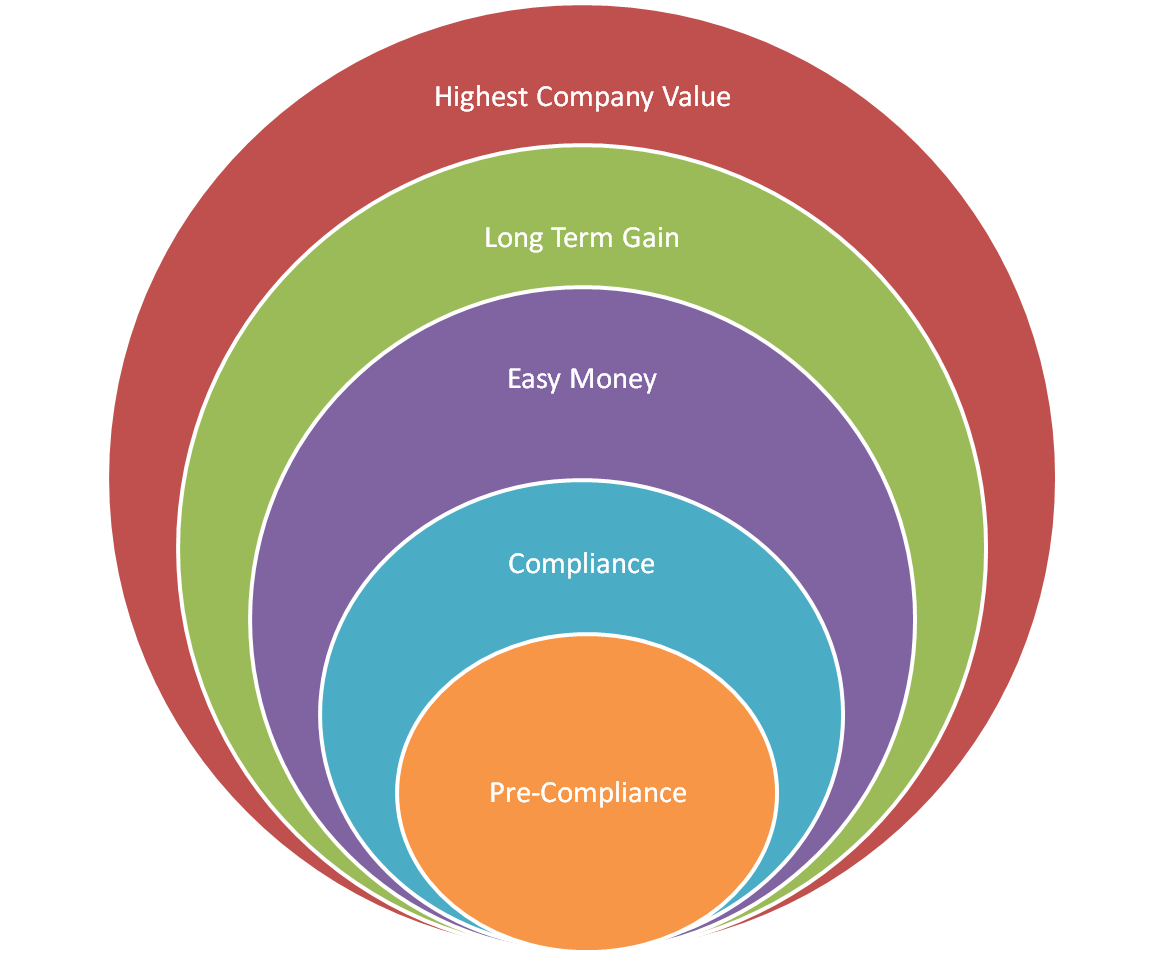Sustainability is just an accounting problem
/In the end we as individuals and businesses pollute because it is free or nearly free to do so. The actual costs of our actions are recognized elsewhere in taxes, healthcare or put off for future generations to pay. They are called externalities.

All of the products (like water, coal, oil and other extracted things) and services (like air that does not make us sick and allows food to grow) that we get from the earth and atmosphere are ecosystem services. And those services have a price.
The solution is to value these ecosystem services. “This is nothing to do with corporate social responsibility and the green agenda, it is hard-nosed economics,” says Chris Knight, assistant director of the forestry and ecosystems team within PwC’s sustainability practice in the Financial Times.
The challenge is to link the scientific data with business and personal choice. And the way businesses and individuals make choices is based (mostly) on cost and benefit. Also known as accounting in business speak.
The World Business Council for Sustainable Development, a global coalition of some 200 companies, is about to release a guide to corporate ecosystem valuation.
A new report, The Economics of Ecosystems and Biodiversity, aims to put a price on those products and services that we get from nature, so we can recognize the costs. I believe there is nothing more critical to sustainability than paying the price of all we consume at the time of use.
The Financial Times article referenced here is "Biodiversity: Valuing nature can cut business costs" published on March 21, 2011.
To see the report The Economics of Ecosystems and Biodiversity you can go to www.teebweb.org.



